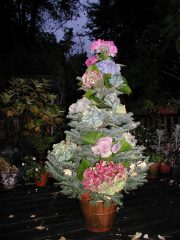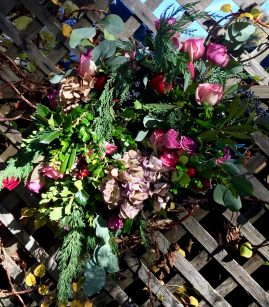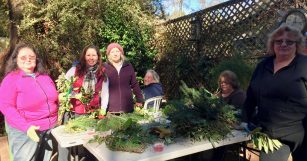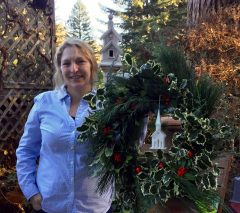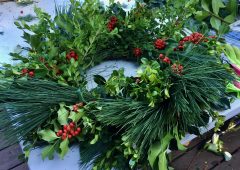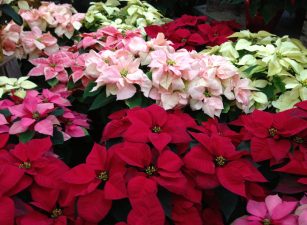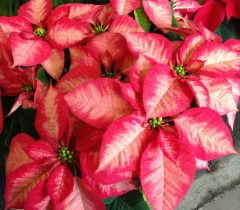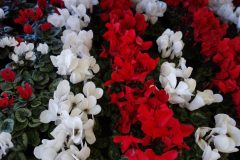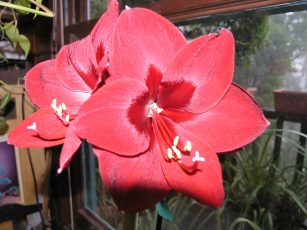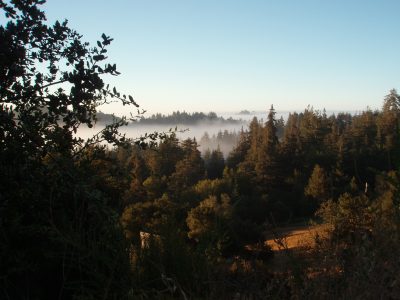Mother Nature made her presence known this past month. She has a way of doing that. Between the 25 inches of rain that fell in December alone up here in Bonny Doon and the short but impressive cold snap that descended upon us before Christmas I?m humbled. As the calendar turns to a New Year these are some of my thoughts for 2017.
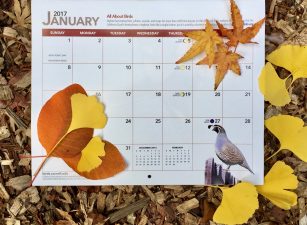
Dreaming is more than an idle pursuit. It’s good for you and improves the quality of your life over the long haul. We gardeners are eternal optimists. Why else would we plant a tree, a seed or a garden?
Enjoy your garden. Set realistic goals. After all, who cares if there are a few weeds here and there when you’re sitting under a shade tree next July. Enjoy a beverage of some kind often in your garden. That clean up or transplanting will still be there tomorrow.
New Years resolutions for gardeners should be mere suggestions. Don’t worry if you don’t get to everything you hoped to accomplish. It’s all in the baby steps. Your wish list will serve you well during the cold, wet days of winter even if you don’t get them implemented. Sure planning a landscape that conserves water will benefit the environment and your budget. And ordering seeds for the spring garden is great therapy for winter blues. But there’s always next year or next month or the summer after next.
I did fulfill some goals I had for this year, adding more pollen-producing flowering plants to attract beneficial insects. They?ll keep the good guys around longer to eat the bad bugs. And I learned what quite a few of the good guys look like. I?m going to count this as two resolutions.
I sat in my garden and enjoyed it- not jumping up to rearrange containers or deadhead. This one was easy.
I accepted a few holes in my plants and walked around the garden regularly to identify if a problem was getting out of control and I needed to break out an organic pesticide.
I tried to plant more edibles but my growing conditions thwarted me. The Farmer?s Market and generous friends helped fill the gap. Edibles in the garden feed both the body and the soul. More than just vegetables and fruit trees growing food connects us to the earth and to each other.
When you grow something you are being a good steward of the land as you enrich the topsoil using sustainable organic techniques. You connect with neighbors by trading your extra pumpkins for their persimmons. Knowledge of how and what to grow can be exchanged, seeds swapped. Do your best even if you only have a few containers to grow an Early Girl tomato or some Rainbow chard.
Enjoy the simple things. Laugh often. Life is not measured by the breaths we take but by the moments that take our breath away. Everyday is a gift, that’s why we call it the present.
Happy New Year to all of you fellow gardeners from The Mountain Gardener. May your tomatoes be sweet and your roses as fragrant as a summer’s eve.

